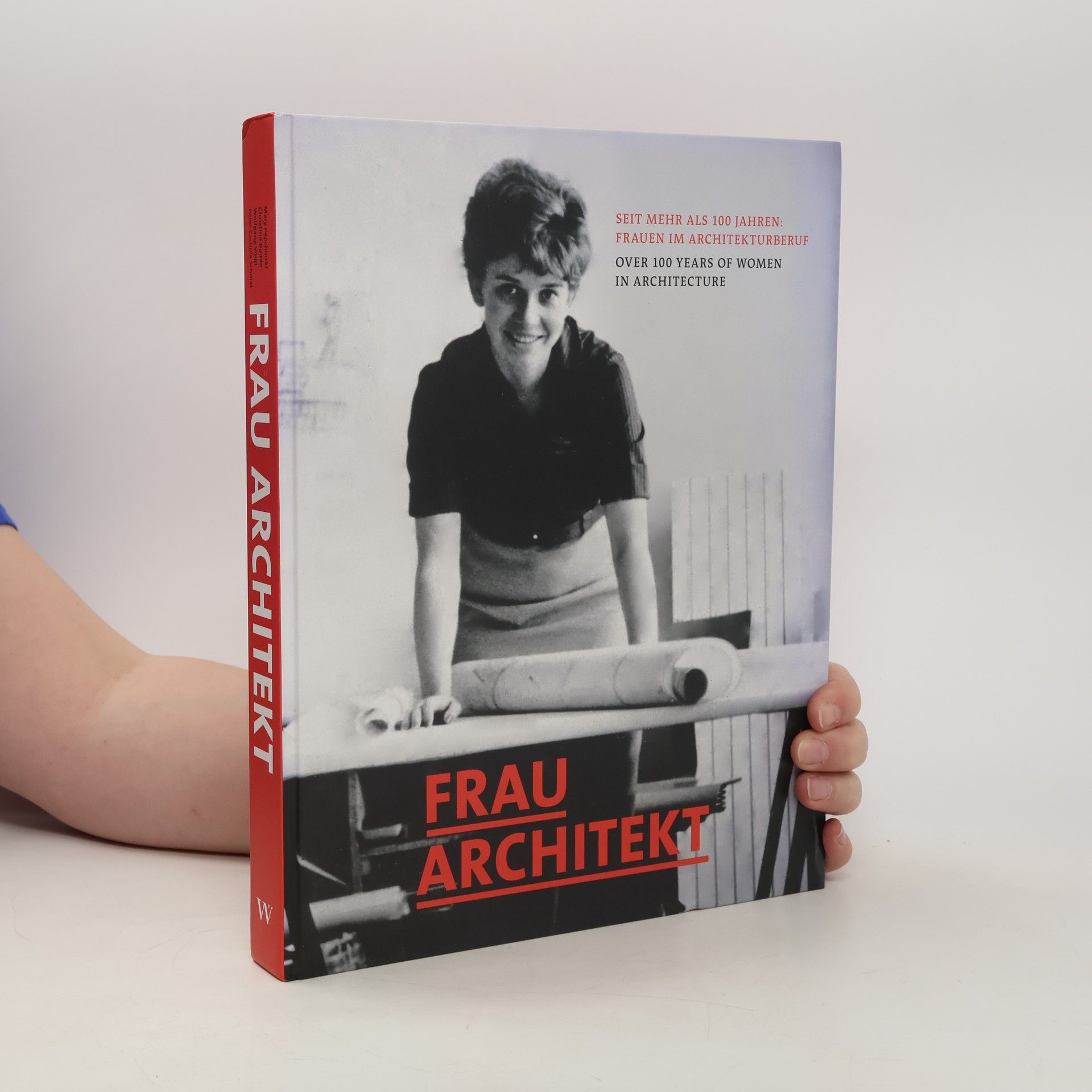Frau Architekt
- 313 Seiten
- 11 Lesestunden
It remains to be seen whether the future really is feminine. Indeed, although far more than half of all students in architecture faculties are now women, it is certainly not the case that they all really get a foothold in the profession and only very few manage to make the leap into the top ranks—there architecture is still a man’s world. FRAU ARCHITEKT elucidates the topic in 22 portraits, project examples and very personal stories of women in Germany who have significantly influenced architecture or are currently shaping it. The story begins with Emilie Winkelmann, who founded the first architecture studio in Germany in 1907, and ends with post-Reunification architecture in Berlin and the new Federal States. Some of the women architects are barely known or indeed entirely unknown even among professionals, let alone the wider public. With texts by Lori Brown, Christina Budde, Sigal Davidi, Christiane Droste, Magdalena Droste, Oliver Elser, Christina Gräwe, Heike Hambrock, Edeltraud Haselsteiner, Josenia Hérvas y Heras, Hilde Heynen, Sandra Huning, Karl Kiem, Claudia Lenz, Hans-Georg Lippert, Petra Lohmann, Ursula Müller, Hanneke Oosterhof, Mary Pepchinski, Kerstin Renz, Tanja Scheffler, Peter Cachola Schmal, Eva C. Schweitzer, Ines Sonder, Despina Stratigakos, Wolfgang Voigt, Sabine Weißler, Laura Weissmüller and Karin Wilhelm.
